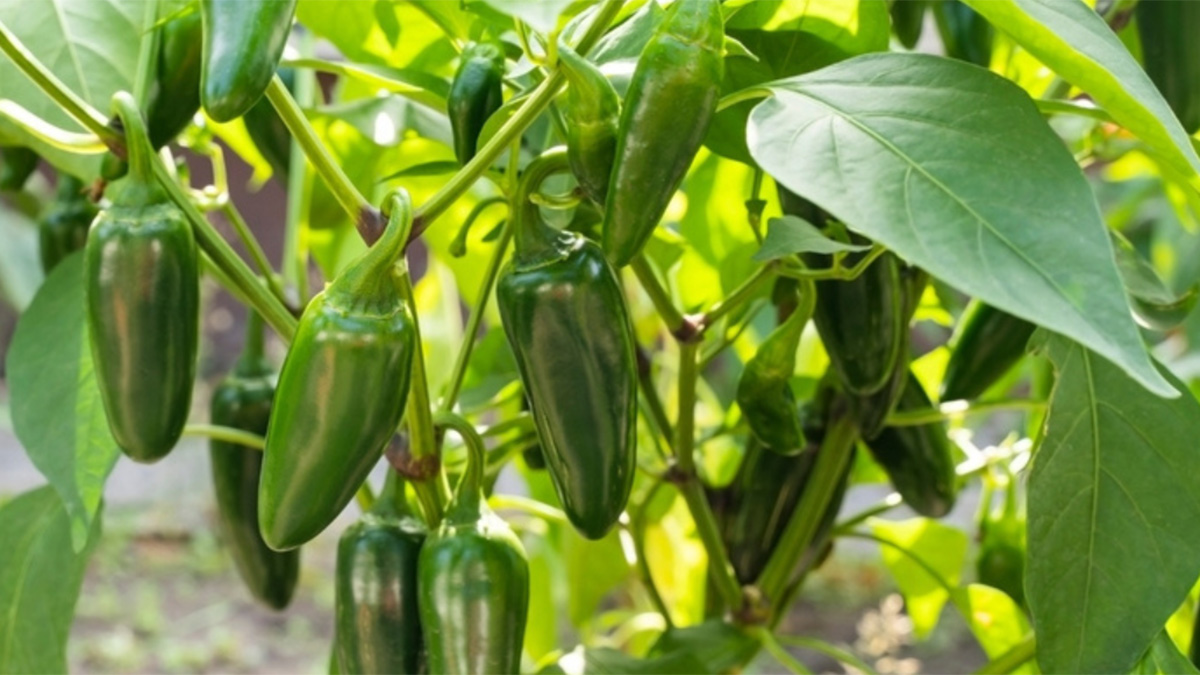How to Grow Jalapeños + Some Delicious Ways to Use Them in the Kitchen

Jalapeños are a rewarding crop for home gardeners, offering a balance of spice, flavor, and versatility. With just a little care, you can grow healthy, productive plants in your backyard or containers. Once harvested, these peppers shine in all kinds of kitchen creations, from classic appetizers to simple pantry staples.
Choosing the right jalapeño variety
Several jalapeño varieties are available for home gardens, each offering unique traits. Early Jalapeño produces fruit faster, while Jalafuego is known for its larger size and higher heat level. Choose a variety suited to your local growing conditions and personal spice preference.
When and how to plant jalapeños
Jalapeño seeds should be started indoors six to eight weeks before your area’s final expected frost date. Use seed trays filled with a light, well-draining mix and keep them in a warm, bright spot. A heat mat can speed up germination, which usually occurs in about 7 to 14 days.
Once seedlings have at least two sets of true leaves and the outdoor temperatures remain consistently above 55 degrees Fahrenheit at night, they can be hardened off for transplanting. This involves gradually introducing them to outdoor conditions over the course of a week. Choose a planting location that receives at least six to eight hours of direct sunlight each day and has loose, fertile soil with good drainage. Amend the soil with compost or aged manure if needed, and space plants 18 to 24 inches apart to allow for airflow and healthy development.
Caring for your jalapeño plants
Jalapeños thrive on consistent care and warm conditions. Keep the soil evenly moist, watering deeply once or twice a week depending on rainfall and temperature. Avoid letting the soil dry out completely or stay soggy, as this can stress the plant and lead to issues like blossom end rot or stunted fruit.
Feed plants with a balanced fertilizer (such as 10-10-10) every three to four weeks after transplanting. Once the plants start to flower, switch to a low-nitrogen fertilizer to encourage fruiting rather than leaf growth. As plants mature, they may become top-heavy with fruit, so adding stakes or tomato cages can help keep them upright and reduce the risk of branch breakage.
Harvesting and storing your jalapeños
Jalapeños are typically ready to pick around 70 to 85 days after transplanting. You’ll know they’re ready when the peppers are firm, have a deep green sheen, and reach about three inches in length. If left on the plant longer, jalapeños will ripen to red, which gives them a sweeter, slightly more complex flavor.
Use scissors or garden snips to harvest peppers cleanly, avoiding damage to the stems. Handle ripe peppers gently, especially the red ones, which can bruise more easily. Fresh jalapeños will keep in the refrigerator for about one week, but you can also freeze them whole, slice and dry them, or preserve them in vinegar for longer-term storage.
Three easy and delicious ways to use jalapeños in the kitchen
Classic jalapeño poppers
Jalapeño poppers are a popular appetizer that is easy to make at home. Cut the peppers in half, remove the seeds, and fill with a mix of cream cheese and shredded cheddar. Bake in the oven until the peppers soften and the filling turns golden, or fry for extra crispiness.
Fresh jalapeño salsa
For a quick homemade salsa, blend chopped jalapeños with tomatoes, onion, garlic, lime juice, and a handful of cilantro. Adjust the heat level by adding more or fewer jalapeños, and use ripe tomatoes for the best flavor. This salsa pairs well with grilled meats, tacos, or tortilla chips.
Pickled jalapeño rings
To make simple pickled jalapeños, slice fresh peppers and place them in a jar with vinegar, water, garlic, salt, and optional herbs. Simmer the mixture briefly on the stove, then pour over the peppers and let them cool before refrigerating. They can be used on burgers, nachos, or stirred into pasta salads.
Conclusion
Growing jalapeños is straightforward and satisfying, whether you’re new to gardening or a seasoned grower. With just a few plants, you can enjoy a steady supply of peppers perfect for snacking, cooking, or preserving. Their compact size, bold flavor, and endless uses make jalapeños a smart and spicy addition to any garden.
